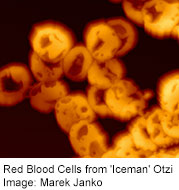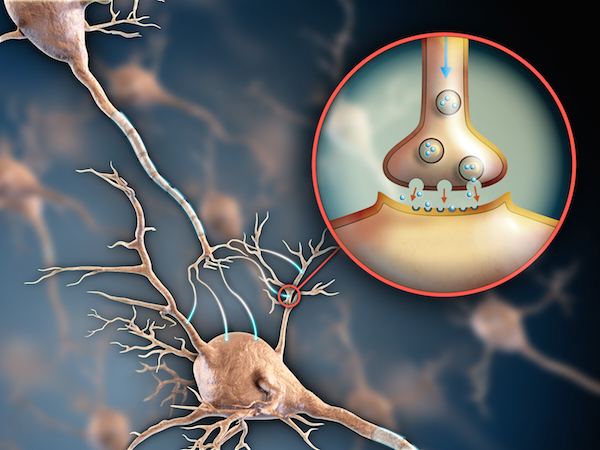
TUESDAY, June 11 (HealthDay News) — New research seems to support the theory that Otzi the Iceman was attacked and suffered some form of brain damage in the final moments of his life.
A team from the European Academy of Bolzano/Bozen (EURAC) extracted and analyzed tiny samples of brain tissue taken from Otzi. He died more than 5,000 years ago, and his frozen, mummified body was discovered in the Italian Alps in 1991.
Otzi had an arrow wound in his back and previous examination revealed two bruising-related dark spots at the back of his brain. This suggested that Otzi had received a blow to the forehead, which caused his brain to knock against the back of his skull.
In this new study, researchers found that the brain tissue samples contained clotted blood cells. Although this supports the theory that Otzi’s brain possibly suffered bruising before his death, it remains unclear whether this was due to a blow to the forehead or from falling after being injured by an arrow.
The scientists also identified numerous brain proteins, blood cell proteins and well-preserved brain cell structures in the brain tissue samples, according to the study, which was published June 6 in the journal Cellular and Molecular Life Sciences.
For their study, the team used new methods of protein analysis that open up new possibilities for learning more about mummified bodies.
“Investigating mummified tissue can be very frustrating,” study author Frank Maixner said in a EURAC news release. “The samples are often damaged or contaminated and do not necessarily yield results, even after several attempts and using a variety of investigative methods.”
“When you think that we have succeeded in identifying actual tissue changes in a human who lived over 5,000 years ago, you can begin to understand how pleased we are as scientists that we persisted with our research after many unsuccessful attempts,” said Maixner, a microbiologist. “It has definitely proved worthwhile.”
More information
The South Tyrol Museum of Archeology has more about Otzi.

